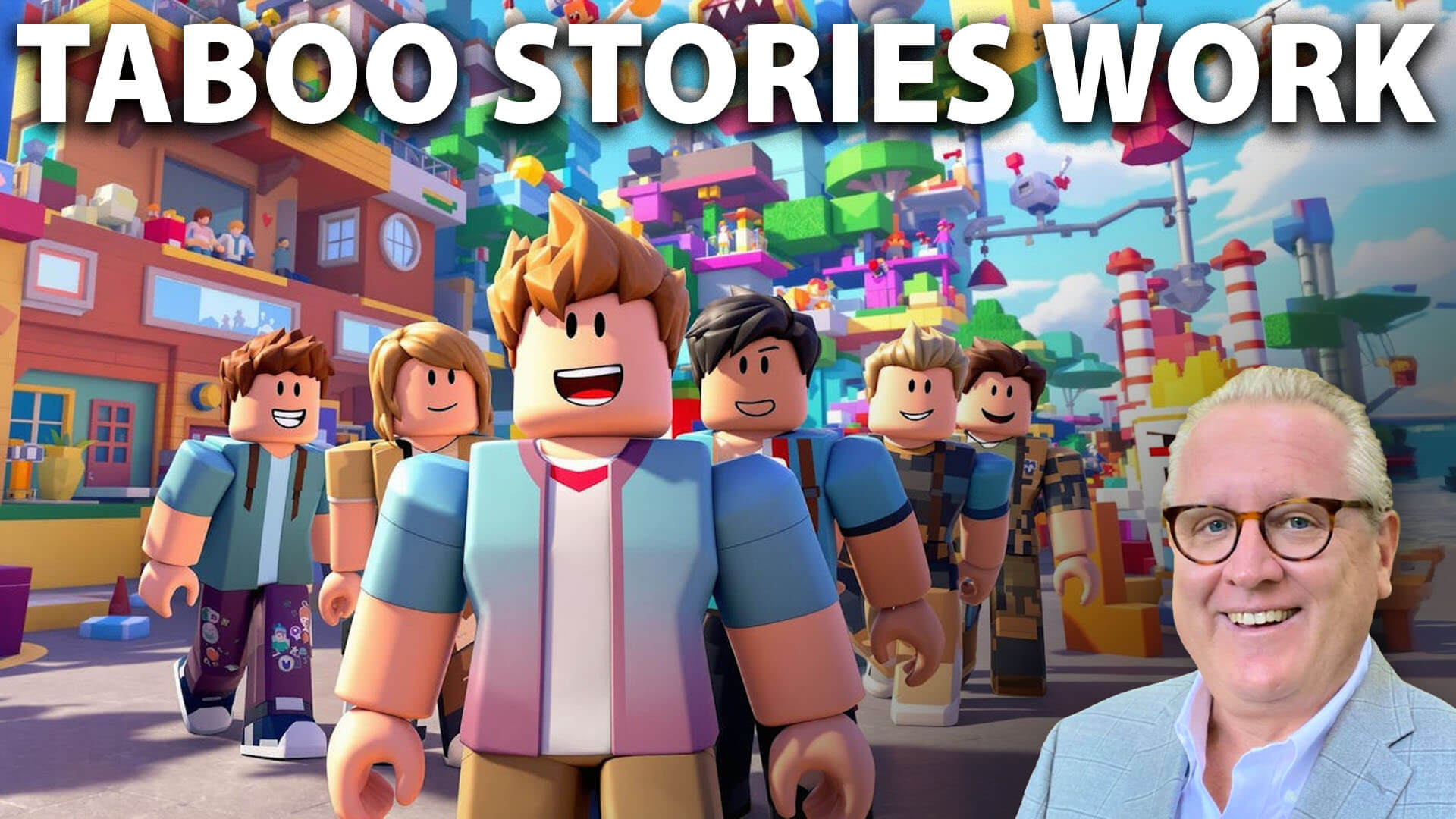It’s Not About the Research: How to Write for a General Audience When Academia Is All You Know
Academia lets writers get away with stringing together facts, but appealing to a general audience means constructing a compelling narrative.


Today’s post is by author, book coach and historian Christina Larocco.
In “The Voyager Conspiracy,” a season six episode of the television show Star Trek: Voyager, Seven of Nine, a former Borg drone, connects her brain directly to the ship’s computer. All of a sudden, she has access to unimaginable amounts of information—but she can’t make sense of any of it.
Have you ever felt like this when you sit down to write after doing a ton of research on a subject? You have all of this information at your fingertips, yet you have no idea what it means, how it connects to your project, or even what your project is about anymore.
So you end up writing the only way you know how: stringing together block quotes and blah sources summaries, and describing each letter, diary entry, or organizational file without any connective tissue, interpretation, or forward momentum.
You end up with a draft that reads more like a log than anything else.
Your academic mentors let you get away with it because they know that’s what student work looks like. But to appeal to a general audience, you need to do more than present facts. You need to construct a compelling narrative.
To help you with this, I’m going to share the most important piece of writing advice I have:
The research is not the thing you are writing about.
It is a source of information for that thing.
This might sound bizarre, obvious, or both, but it can change your writing dramatically.
Let’s take letters as an example. Letters are fabulous sources of information, but they’re easy to use in a way that interrupts rather than adds to the narrative. Sitting down and writing a letter is static, not dynamic. It’s probably the least interesting part of a person’s day. And so if you are structuring your manuscript around the act of letter-writing—on March 3, she said X. On March 5, she said Y. Then on March 7, she said Z—your work will be similarly static.
Almost every manuscript looks like this at one point or another, and it is actually not that difficult to fix. The solution is to think about letters as sources of information that you will then incorporate into a narrative, rather than letting the letters themselves function as the narrative. Limit how frequently you refer in the main text to the letters themselves—keep this in the footnotes. Focus instead on conveying to the reader what happened and why it is interesting. These changes will make the narrative more interesting and make your writing seem more authoritative.
In fact, I often encourage writers to put away their research notes in their first pass at drafting a new section. Otherwise the temptation to transcribe, copy and paste, or otherwise regurgitate what your sources say, is too great. Otherwise you’re never forced to grapple with how you make sense of the information. And that’s what your reader comes to the book looking for.
Confession: I haven’t just read many drafts like this. I’ve written them, too. As an academic turned creative writer, it took me nearly a decade to learn another way to write about primary sources, as I revised the manuscript for my book Crosshatch: Martha Schofield, the Forgotten Feminist (1839–1916), releasing in February 2025.
As I was working on this article, I pulled out some of my early chapter drafts. The paragraphs were overly long info dumps that didn’t really have much to say or contribute to any sort of broader point. And that’s because I had given the sources all of the authority rather than claiming some of it for myself. As a result, the “writing” in these early drafts was really just stringing together a bunch of quotes and throwing them at the reader.
Over the course of several drafts and several years, I learned how to distill this information down to its essence, guiding readers toward an understanding of the events and their significance. I learned to direct the reader’s attention, selecting for them the important aspects of the info dump draft and making sense out of those materials in the context of a bigger narrative.
A caveat: You will probably have to relearn this lesson for every project. I do. The going-from-document-to-document stage is often necessary and always useful: You have gathered all of your information together and arranged it in an order that makes at least provisional sense. That’s huge!
I’ve come to think of this stage as an intermediate step between the outline and the first draft. Fiction writer Matt Bell even argues that the first draft of the book is not the book at all, but rather an outline of the book.
So, if you’re not writing about the documents, what are you writing about? You likely already know the answer to this question—it’s the larger story you are trying to tell, the question you are trying to answer, the argument you are making. The research only functions to serve this something bigger.












.jpg)
























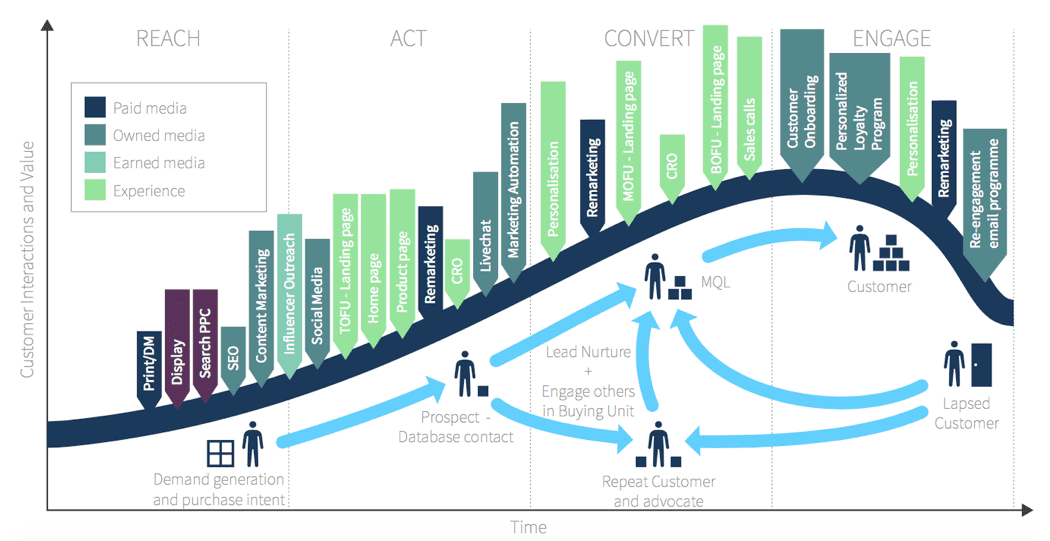

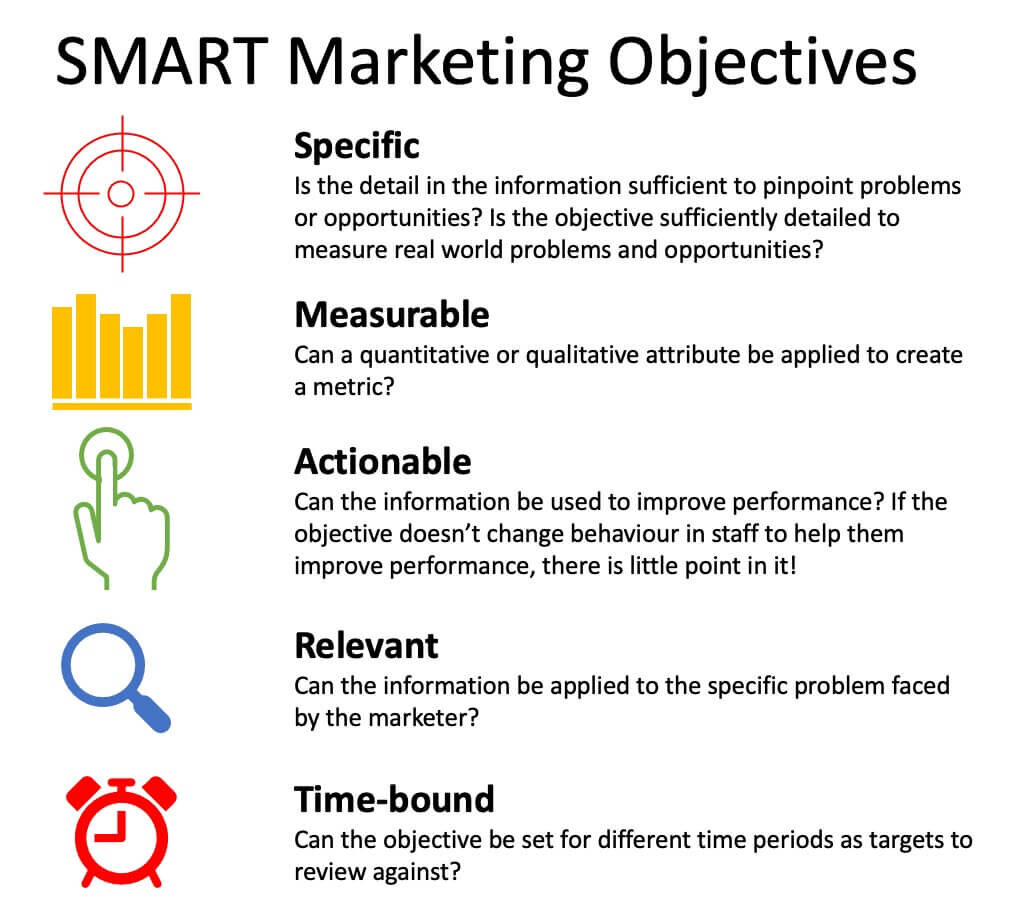









![How Marketers Are Using AI for Writing [Survey]](https://www.growandconvert.com/wp-content/uploads/2025/03/ai-for-writing-1024x682.jpg)

















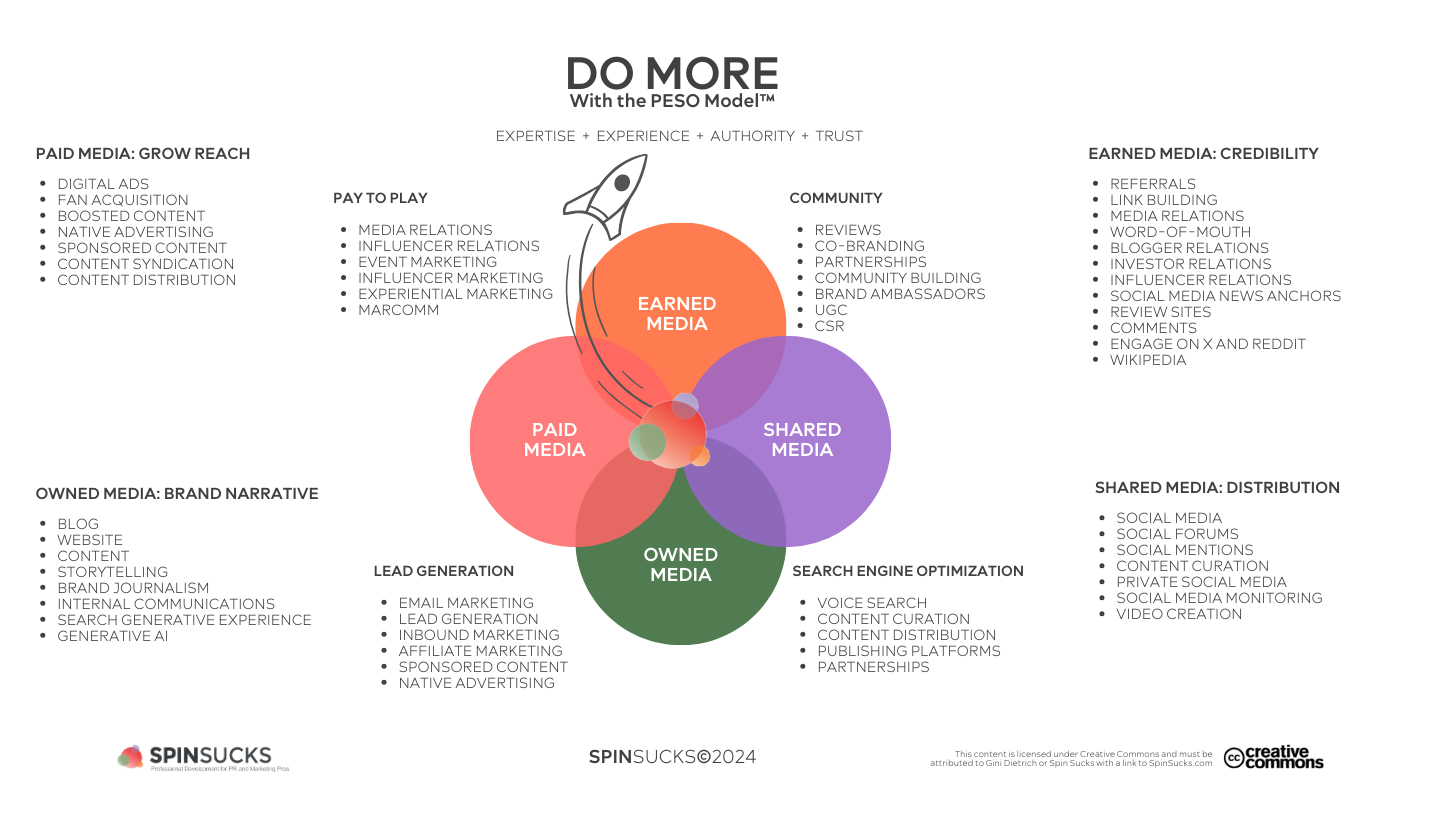












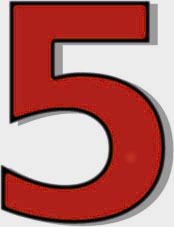
























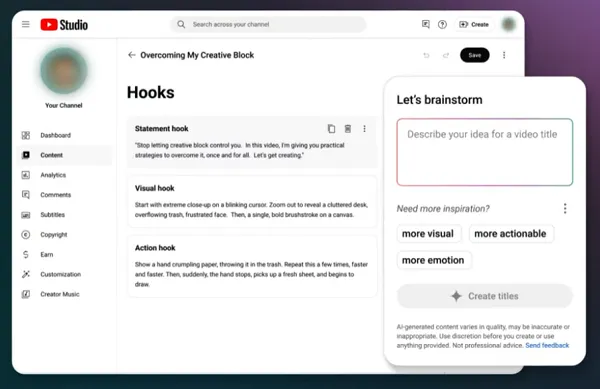


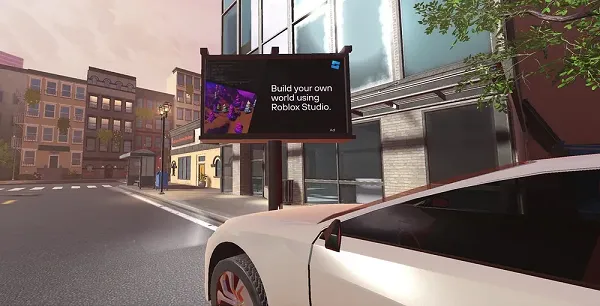











![311 Instagram caption ideas [plus free caption generator]](https://blog.hootsuite.com/wp-content/uploads/2022/07/instagram-captions-drive-engagement.png)



![Here’s Why Integrated Marketing Is So Effective [+ Best Practices]](https://www.hubspot.com/hubfs/Untitled%20design%20%2830%29%20%281%29.jpg)





